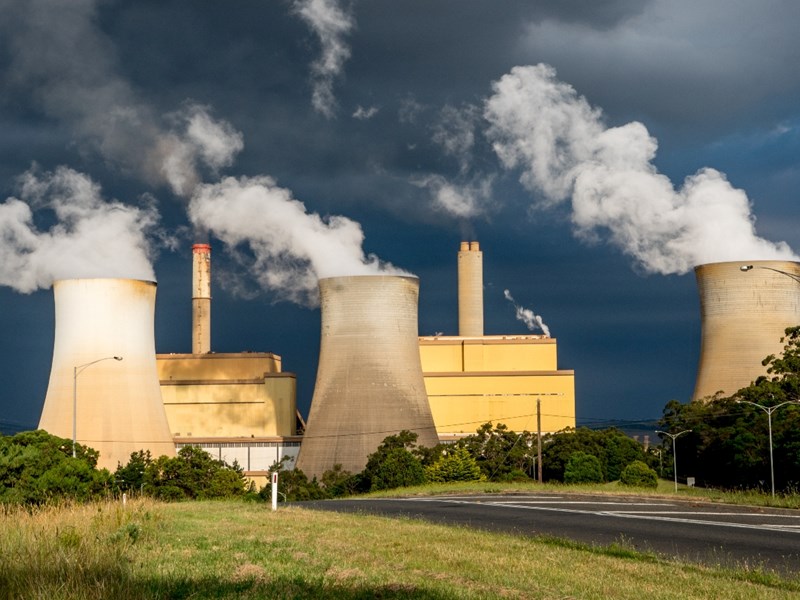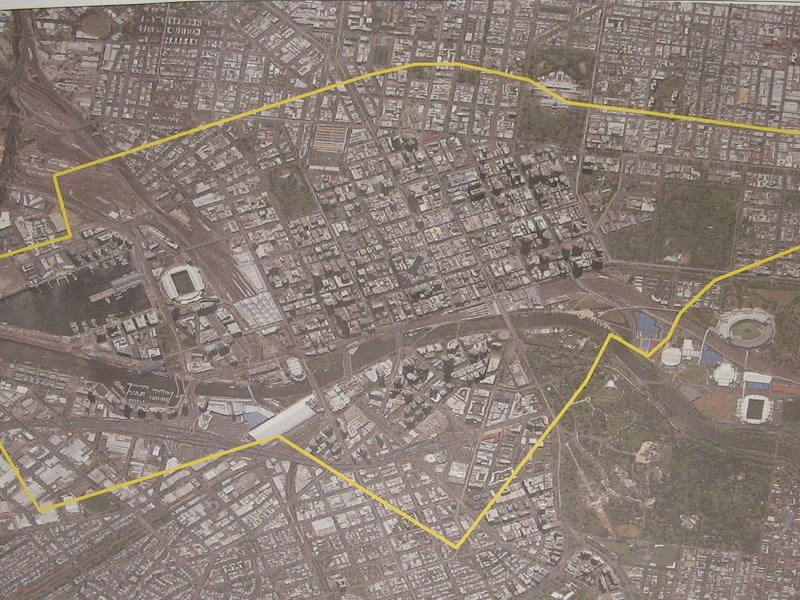Diverse development the key to prosperous Latrobe Valley future
9 June 2022 Read the report

To get a sense of the scale of coal mining in the Latrobe Valley, David Langmore, Vice-President, Great Latrobe Park Group likes to overlay the Hazelwood open cut mine with a map of Melbourne.
‘Extending from Punt Road in the east, across East Melbourne, across the CBD of Melbourne and extending down to and including Docklands, and just a little area covering the South Bank of the city as well, and extending north as far as the Exhibition Building. I never get over that photograph,’ he told the inquiry into the closure of the Hazelwood and Yallourn power stations.
And Hazelwood is not even the largest open cut mine in the Latrobe Valley.
Brown coal was first discovered in the Latrobe Valley in 1873 and the first Yallourn power station started operations in 1921.

Since then, the Latrobe Valley has been home to generations of families supported by the power sector. But as the world starts to transition away from coal-fired power the region has been facing the challenge of transitioning to industries that can sustain the community into the next century.
‘A typical power station the size of a Hazelwood or a Loy Yang or even a Yallourn will generate something like $90 million to $110 million each into the local economy, and one of the really difficult challenges that we all face is how we replace that when they close down,’ Barry Dungey, a consultant with experience in the Latrobe Valley’s energy industry told the public hearing.
‘The announced closures, the global movement away from fossil fuels and the rapid development in renewable energy all mean that change is inevitable,’ said Committee Chair Enver Erdogan.
‘Coal-fired power generation has been an economic and social driver for generations of workers and communities across Gippsland, but there are great opportunities coming, not only in renewable energy, but also in health, food and fibre, agriculture, and tertiary education,’ Mr Erdogan said.
The Legislative Council’s Economy and Infrastructure Committee inquiry took 63 submissions, held five public hearings and heard from 43 witnesses in an effort to understand the region’s transition to a world beyond these huge generators of both electricity and economic activity.
In November 2016, the Victorian Government established the Latrobe Valley Authority (LVA), to support businesses, workers and the community and to facilitate economic and social transition.
The inquiry found the LVA is committed to regional transition using ‘smart specialisation’ – identifying inherent economic strengths in a region and focusing government support on those areas.
‘There are exciting opportunities around solar, on and offshore wind, and thermal, particularly geothermal energy, and there is a long list of projects, well over $30 billion of investment in the pipeline. We are focused on making sure that the region’s businesses and workforce are ready to support and benefit from these projects,’ Chris Buckingham, Chief Executive Officer of the LVA told the inquiry.
These include projects like the Star of the South, a proposed offshore wind project, that at 2.2 gigawatts is big enough to power 20 per cent of Victoria or 1.2 million homes.
Chief Development Officer at Star of the South, Erin Coldham told the Committee the wind farm would be able to use the skills of workers transitioning from the coal-fired power sector.
‘On the day of (EnergyAustralia’s) announcement some 12 months ago we connected over the phone and said, Right, you’re going to start transition planning; we’re planning for a future workforce. Let’s understand skills exist here in the coal plants and how we can paint a picture of what that looks like for offshore wind, because we know there’s overlap,’ she told the inquiry.
The report recommends the government continue to work with energy companies and education and training providers to help power station workers find new jobs.
But ‘smart specialisation’ also involves taking advantage of the region’s other natural advantages to diversify the economy beyond just power generation.
“ ‘The area has productive agricultural land, great water resources, a skilled labour force, locally based education institutions, including tertiary institutions and strong transport infrastructure connectivity to Melbourne and regional markets.’ ”
Enver Erdogan, Committee Chair
'New opportunities for long-term and sustainable growth are gathering momentum across Gippsland, whether in large new energy projects or in other priority industries such as health and allied care, food and fibre, tourism and manufacturing,’ he said.
‘Transition will take time, investment and engagement, from all levels of government. That will require long-term government support, via the work of the LVA, to help new and existing industries adapt to the new economy,’ he said.
‘We found the community can be confident that transition will be successful and the region can look forward to a prosperous future.’